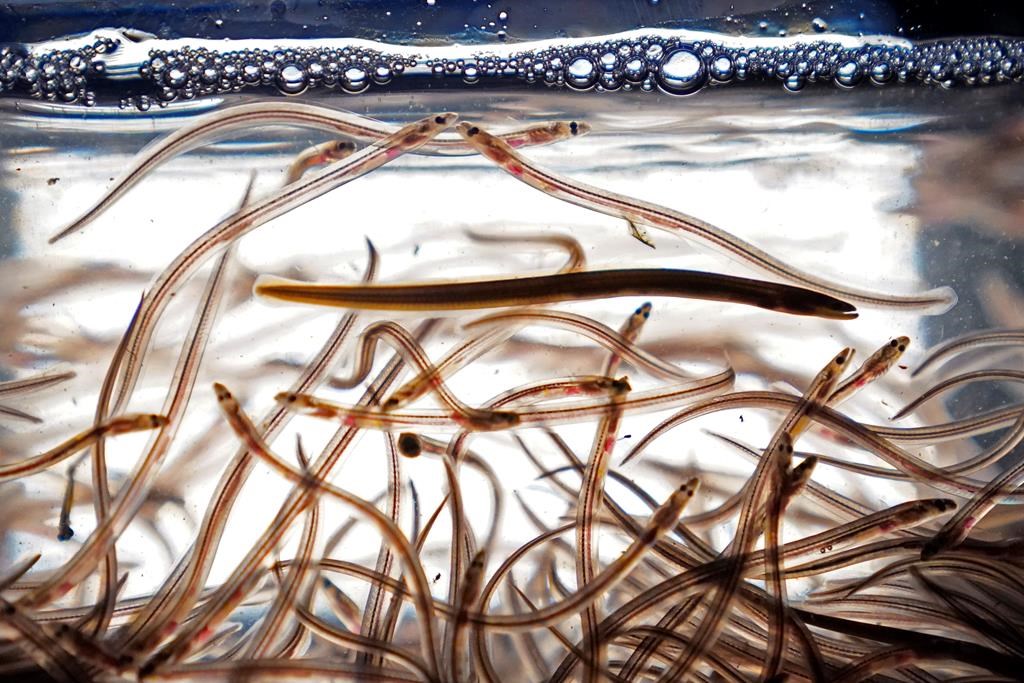Web connected objects get a ‘voice’ on the ‘Internet of Things’
Posted Apr 25, 2012 11:30:22 AM.
This article is more than 5 years old.
MONTREAL – Smart vehicles, home security systems and web-connected appliances are becoming part of what’s known as the “Internet of Things,” a growing network of objects creating and exchanging data without people directly involved.
Things are getting a “voice,” said Ric Asselstine, CEO of Terepac Corp., which makes tiny electronics to put into objects to make them “smart” and compatible with the Internet of Things.
“At the end of the day, what we’re creating is information,” Asselstine said via phone from Terepac’s headquarters in Waterloo, Ont.
There is the potential for “trillions” of devices to be connected to the Internet of Things, he said, noting all of the objects in his office alone.
“The potential is literally boundless.”
Consumer products, medical devices and agricultural methods, such as managing crop moisture with sensors, can be a part of the Internet of Things.
Data about locations and conditions can be transmitted through these objects, Asselstine said.
Terepac can embed ultra-thin electronics in numerous objects, such as a hat with a logo, or a coaster. Asselstine said his company also has a software application to allow users to interact with the object either with a smartphone or just by tapping the object.
There are retail applications too. If a consumer agrees, they can ask questions about a product or be queried about it and get a discount for participating, Asselstine said.
Analyst Mark Tauschek said smartphones are playing an increasingly large role in the Internet of Things because of their popularity.
A smartphone can automatically tell you have email, update programs, sense your location, talk to other servers and back up information, said Tauschek, lead research analyst at the Info-Tech Research Group in London, Ont.
“It’s doing stuff as it was programmed to do without me having to intervene,” he said.
“They’re devices and inanimate objects that exchange data without, basically, human intervention through a network, often times over the Internet.”
However, there is a basic human risk with all of that information.
“If the wrong person gets access to that data, to that information, they can find out potentially personal things about your location. That’s identity theft,” he added.
The European Commission has taken note of all of the connected devices — and the wealth of personal location and behavioural data they collect — and plans to safeguard consumer privacy.
ABI Research analyst Sam Lucero said privacy is already an issue.
“We’re already seeing tremendous privacy concerns around, for instance, smart meter data,” said Lucero, practice director of machine-to-machine connectivity for the New York-based tech trends firm.
This is going to be multiplied as different applications and devices become interconnected, he said.
“How is the owner of those devices and that data assured that the data is being used in agreed upon ways and that security is assured?”
The Internet of Things is a term believed to be first used in 1999 by British tech pioneer Kevin Ashton. He talked about computers being able to use data they gathered without human help, to track and count things to know when they would need replacing, repairing or recalling.
Asselstine takes the view that inanimate objects can provide useful information to people if they’re connected.
“What if this could talk?” he asks.










